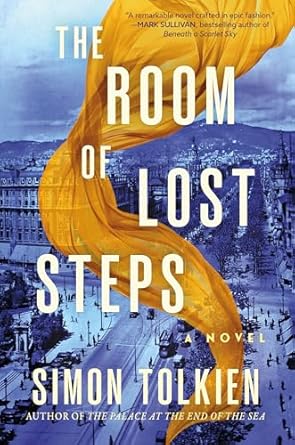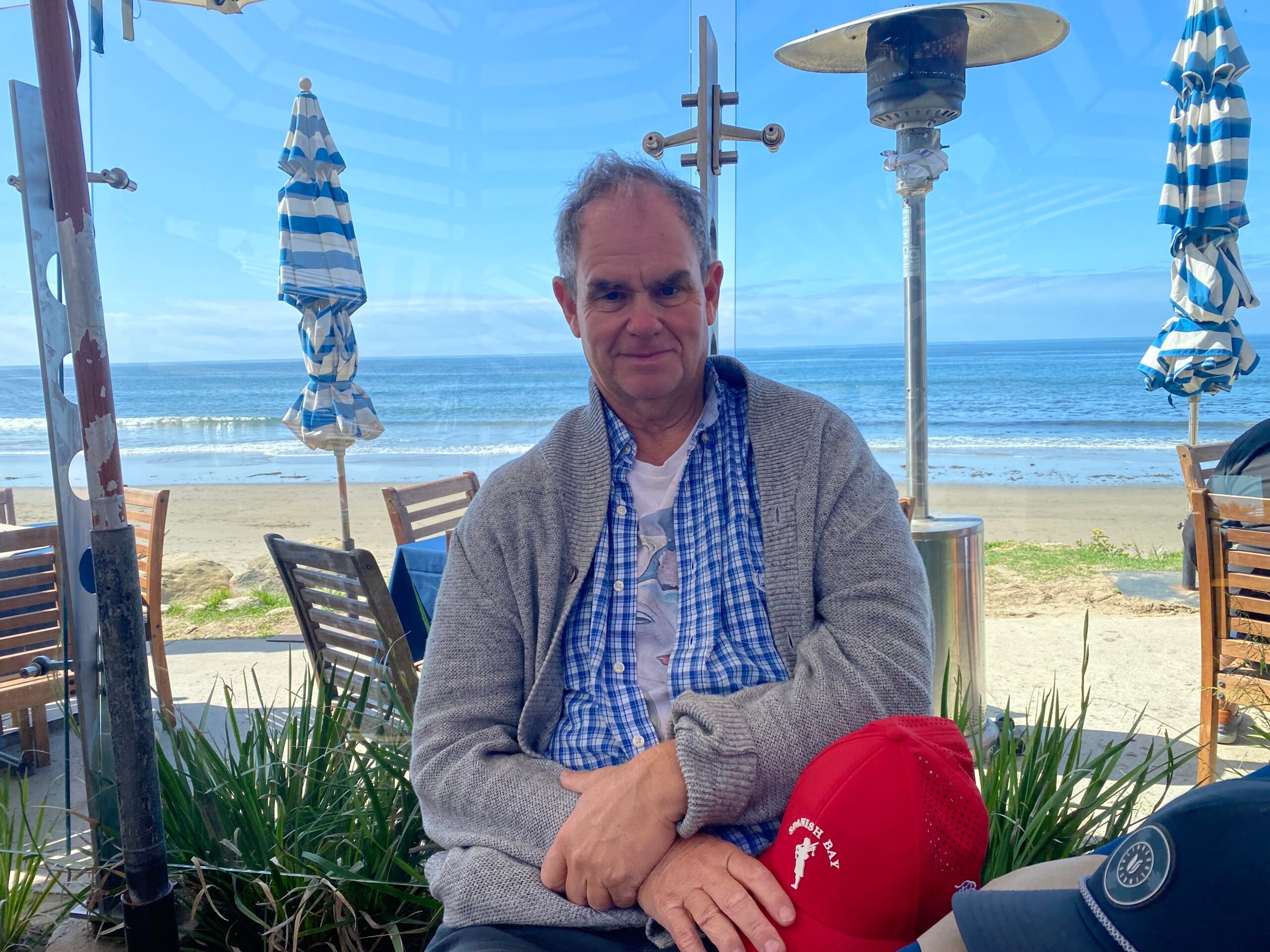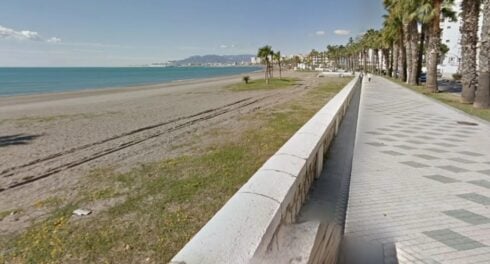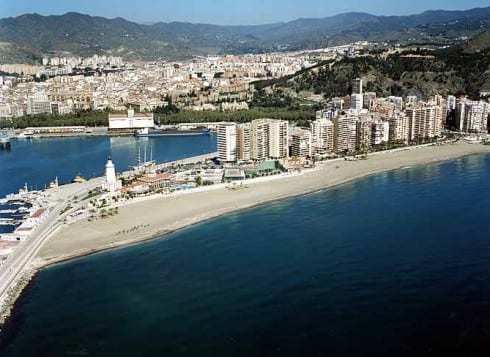RELEASED this month is a new historical odyssey set at the dawn of the Spanish Civil War, written by the grandson of renowned Lord of the Rings author JRR Tolkien.
‘The Palace at the End of the Sea’ by Simon Tolkien, is a coming-of-age novel following Theo, a young man who travelled across continents from New York in the midst of the Great Depression to Spain, a country teetering on the edge of an internal war. It’s a marriage of fiction and real history in both time and place.
Simon, a former criminal barrister turned novelist from the UK, has spent the last decade living in Santa Barbara, California. A town, he says, which is heavily influenced by Spain’s traditional pueblos.
READ MORE: Bomb squad is called in Spain after local finds live grenade from the Spanish Civil War
After writing ‘No Man’s Land’ set during the first World War, and before that, ‘Orders from Berlin’ set during the 1940s London Blitz, Simon says he wanted to tell a story set in between those time periods. He arrived at the 1930s. A period of ‘illusion and disillusion’, themes which carry through this book.
“People’s experience in war is obviously very interesting from a novelist’s point of view,” he says. In the back of Simon’s mind, was the story of the International Brigade, specifically the United States’ Lincoln Battalion who fought in Spain from January 1937 to November 1938.

“I found their story really extraordinary,” he says. “Where they came from and that they should’ve gone all the way across the world in order to fight in a foreign war for ideological reasons, and to experience such sacrifice.”
The Lincoln Battalion were volunteers from the United States, many of them communists, who fought for Spain’s Republicans against the Nationalist forces led by General Francisco Franco.
Around 2,800 men joined the Internal Brigade, made of 40,000 men and women from 52 countries who came to fight in the Spanish Civil War. Nine hundred of the Lincoln Battalion were killed in action.
Many wrote diaries during their time on Spanish soil, which Simon turned to as a first-hand source of inspiration for his duology.
The main character Theo, is the son of an American businessman and a Mexican refugee, and speaks fluent Spanish. After finishing schooling in the United Kingdom, he finds himself in a quaint Andalucian village at the foothills of the Sierra Nevada in the early 1930s.
“I thought the coming of age would be helpful because it would mean that the hero was discovering things in the same way as the reader,” Simon says. “This became particularly important when he got to Spain.”
He wanted Theo to have more than a simple purely ideological reason for participating in the Spanish Civil War. It’s not just his own Spanish-speaking background, but Theo is immersed in Spain, specifically a rural context. Most of the Republicans who fought in the civil war were agricultural labourers.
“Theo actually falls in love with the country, and falls in love with a Spanish girl as well,” Simon says. “And in this way, he has far more of a wider and interesting stake in the war.”
Although Simon has never travelled to Andalucia himself, he drew inspiration from foreign writers living there to ensure his book reflected an accurate portrayal of Spain’s south in the 1930s. He gained specific insight from Gerald Brenan’s autobiographical ‘South from Granada.’ Brenan settled in Spain in 1920.

“He lived in the Small Andalucian village of Yegen and had such an ability to bring it to life,” Simon says. “Rather than providing the economic and social history, Brenan showed me what he actually saw and experienced firsthand.”
The spread of anarchism within Southern Spain’s pueblos, and the extremity of the rich-poor divide were extremely influential on Theo’s development as a character, Simon explained. As he grows to understand who he is as an individual, and what he believes in, Theo believes he can fight fascism to change the world.
“Many of the people Theo meets, especially the vaqueros who are working the land, have no ownership. They own nothing and for half of the year, they’re left practically to starve because the need for them on the land is seasonal,” Simon says.
Trying to wrap his head around the ‘extraordinary complexity of Spanish politics’ was one of the biggest challenges of writing the book for Simon. “People’s motivations, shifting alliances and the involvement of foreign powers made it an extremely difficult landscape,” he says. “It was daunting to begin with, but also exciting in the sense that people haven’t tried to do this before.”
Although the Spanish Civil War has been covered in detail by both Spanish and English historians, there has been little coverage of the period as a setting for historical fiction since Hemingway.
With the book exploring wealth disparities, the relationship of totalitarianism to democracy and the subversion of democracy, Simon says there are parallels with the current-day war in Ukraine. “There’s the particular question of what other foreign powers concerned about the moral situation do when other sovereignties are being invaded,” he says. “ Particularly whether or not intervening is compatible with their own economic interests.”
Simon’s book was originally meant to be a standalone. “But it became a portrait of the 1930s in three countries,” he says. “So obviously, it grew to a much greater size.”
It had to be split in two. By the end of the first book, Theo finds himself in Barcelona. Just as the civil war erupts. The sequel ‘The Room of Lost Steps’ will be released in September.

READ MORE: British artist pens graphic novel inspired grandparents’ role in the Spanish Civil War
Click here to read more Olive Press Travel News from The Olive Press.








